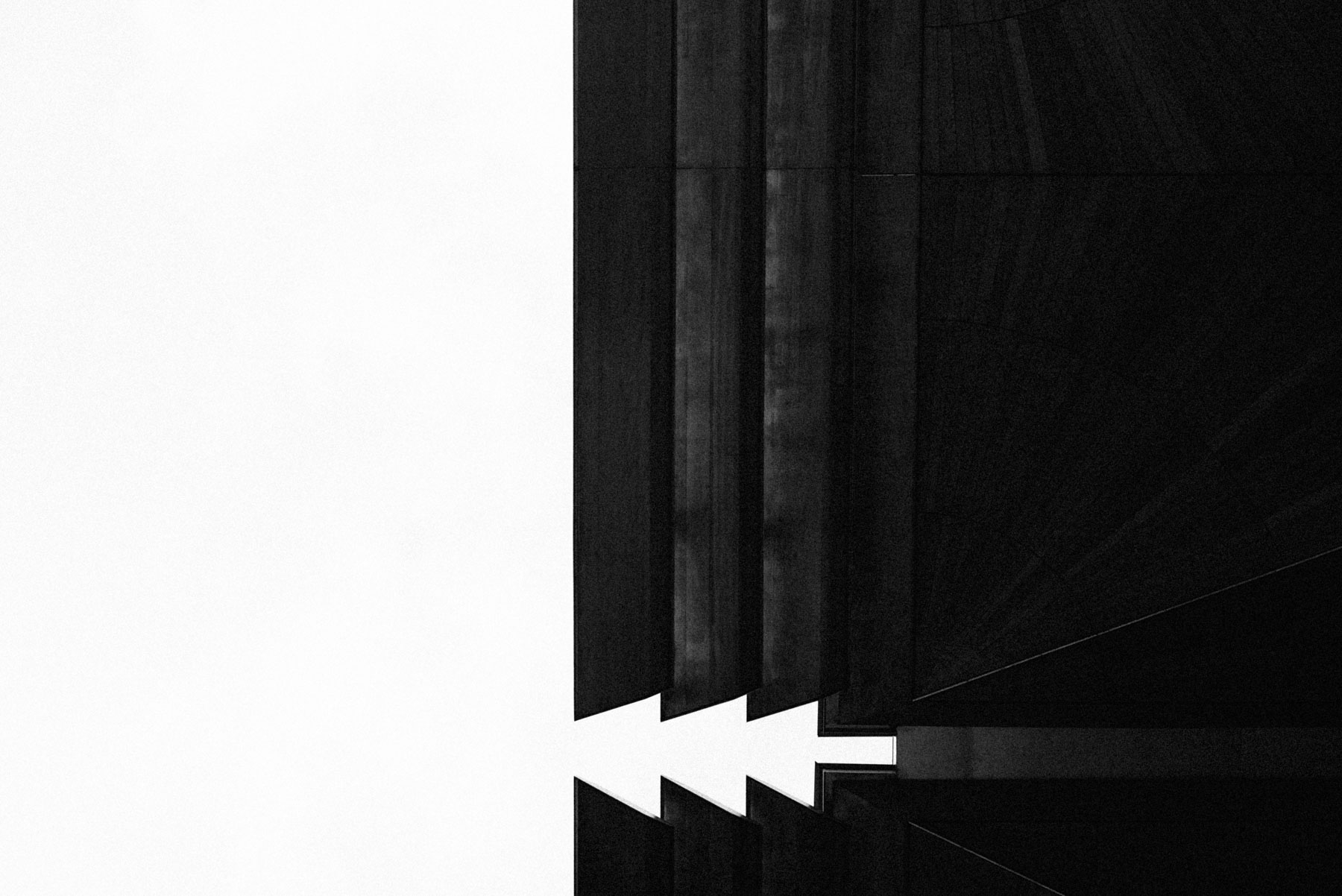How to Shoot Minimalist Photos, or: Stop Ripping Off Michael Kenna
![]()
The aesthetic of minimalism is very hard to achieve in a world that is full of content and never ending clutter. As photographers, how do we capture a scene in a minimalistic style without blatantly copying artists like Michael Kenna or Hiroshi Sugimoto?
First, know the difference between copying, plagiarism, remixing, and inspiration. Take from the artists you like and make it your own. Personally, I think making a photographic style that is minimalistic your own is very hard without someone else saying that looks like so and so.
Over time, however, your own voice, views and ideas will shine through your work if you know the difference between plagiarism and inspiration. So let’s start from the beginning and refine and reduce as we go.
Minimalism
– Noun
1. A movement in sculpture and painting which arose in the 1950s, characterised by the use of simple, massive forms.
2. Deliberate lack of decoration or adornment in style or design.
Let’s put this dictionary description into terms we understand relating to photography. Minimalism is the act of removing elements or unnecessary structures that take away or distract from the subject, focus or concept. Showing an object or idea in its simplest form. That’s my interpretation of it anyway.
Removing anything that triggers, history, culture, memory or narrative; trying to create a peaceful or overwhelming experience for the viewer so they can be in the moment with the photograph.
This is all well and good, but how do you implement this into your photography without ripping off Micheal Kenna? For me, when I approach a subject or scene I have two thoughts in my mind when capturing a minimalistic aesthetic.
- Ask yourself what is the main element of your chosen subject? It could be what materials are used to construct the object, or the joinery that holds it together. It could be the aged or scarred skin of your subject that tells their story. Maybe the changing weather patterns or seasons at a location could be your focus.
Whatever it is, pick the main element that stands out to you the most. Only include that in your frame. - What are you trying to say; what is the message or idea? It could be that you are trying to show the place is strong, peaceful, silent or timeless. You might be trying to showcase a feeling of pride or workmanship. Your idea might be I just want a pretty photo, and that’s OK too.
Whatever your idea or message, think to yourself what’s the main point or goal. Look at your subject and ask yourself what am I trying to say and what is the most basic element that shows that idea.

An example of all this together could be: I go to a local gallery and want to focus on the building itself instead of the people or artworks.
- The gallery building. Perhaps I could show power, strength, status or protection. So thinking out loud, building? protection? How about photographing the roof?
- The building’s roof symbolizing protection. I remove all other elements and distractions from the frame, to do so I photographed straight up. The result a minimalistic photo that captures all the main idea I wanted to convey.
Through stillness and simplicity, you reach minimalism. To be so daring: the silence of zen or god, a space for contemplation and meditation.
Minimalism isn’t about nothing, it’s a void to everything. So pick up your camera and make something with a minimal aesthetic. Who knows you might just end up being the next Michael Kenna.
About the author: A.B Watson is a New Zealand photographer based in Auckland. The opinions expressed in this article are solely those of the author. To see more of his work, head over to his website or follow him on Facebook and Instagram. This post was also published here.